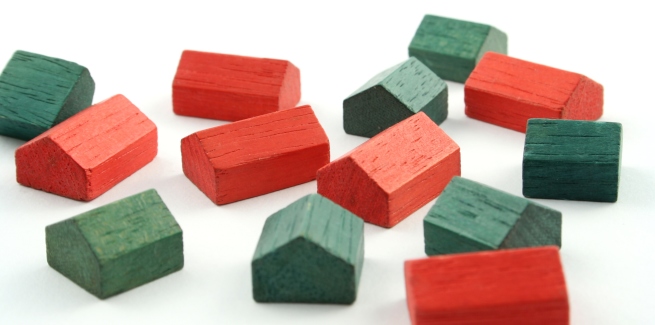The NHFIC has signed a memorandum of understanding (MoU) with Landcom, to collaborate on potential housing pilot projects across NSW.
The MoU has stated the parties will work together to accelerate new housing supply across regional and metropolitan NSW and develop deal parameters for a pilot social and affordable housing program.
They are also meant to facilitate financing applications under the Affordable Housing Bond Aggregator (AHBA) and the National Housing Infrastructure Facility (NHIF).
As laid out by NHFIC chief executive Nathan Dal Bon, a key priority will be delivering both housing infrastructure and new supply, to tackle affordability challenges.
“NHFIC will work closely with Landcom, which has strong relationships with NSW councils, to bring forward land that can be used to deliver more affordable housing,” Mr Dal Bon explained.
Landcom CEO John Brogden added the MoU will strengthen the group’s existing collaboration with NHFIC and provide additional certainty for partners in the community housing sector.
“We have a mutual interest in improving the affordability and diversity of housing to the meet the needs of communities with differing requirements and income levels,” Mr Brogden said.
“The prospect of deeper collaboration to achieve our joint aims is an exciting opportunity which will advance the supply and diversity of housing and the delivery of housing infrastructure throughout both metro and regional NSW.”
Housing affordability on the decline: REIA
New research from the REIA showed national housing affordability declined over the September quarter, with the proportion of income required to meet loan repayments rising to 36.2 per cent, from 34.7 per cent at March.
The number of first home buyers had also fallen by 12.6 per cent over the three months, down to 37,782 in total – although they were up by 1 per cent year-on-year. First home buyers represented 35 per cent of owner-occupier dwelling commitments.
There was a total of 107,875 new owner-occupied dwelling loans during the September quarter, 7.2 per cent less over the three months, but 19.7 per cent over the past year.
The total number of loans for owner-occupiers had fallen over the quarter in all states and territories.
Although housing affordability worsened over many states, it had improved in Western Australia and the ACT. The Northern Territory on the other hand, remained stable, and remained the most affordable state or territory to meet loan repayments.
The number of first home buyers had risen across NSW, Victoria, Western Australia and the ACT over the past year, but there were declines in Queensland, South Australia, Tasmania and the NT.
REIA president Adrian Kelly commented the rising market had hit first home buyers the hardest, arguing there is a need for government stimulus, such as the First Home Loan Deposit Scheme and the First Home Super Saver Program.
“As we attempt to start adjusting to the new COVID normal, buyer and investor interest shows little signs of being satiated,” Mr Kelly said.
“This competition means the average loan size to first home buyers has increased to $459,256. This was an increase of 2 per cent over the quarter and an increase of 14 per cent over the past 12 months.”
Over the September quarter, the average loan size had risen to $570,412 – 4 per cent more over the three months and 17.4 per cent more over the past 12 months.
“While nationally the average loan size increased for first home buyers by 14 per cent over the year these increases impacted differently throughout the nation with Tasmania rising by 21.3 per cent while the Northern Territory rose by 5.8 per cent,” the REIA Housing Affordability report stated.
“The average loan size [increased] in all states and territories with Tasmania having the highest rise of 5.8 per cent. The average loan size increased in all states and territories over the past 12 months, with New South Wales recording the highest annual increase of 21.4 per cent.”
[Related: Second chance for government’s unused FHB grants]
 ;
;

Comments (0)